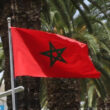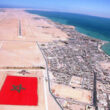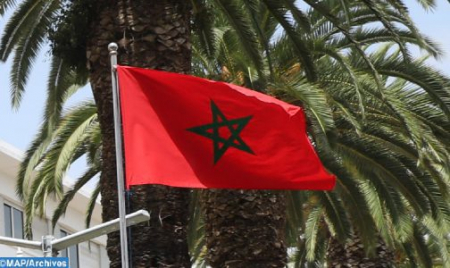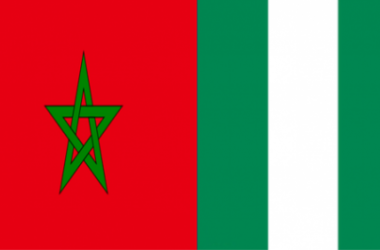Initiated by the Ecological Association of Francesco Zorzi, in partnership with the Civic Museums of Verona, this conference has highlighted the natural diversity of Morocco, which is experiencing a “phase of prosperity, strengthened by a strong dynamic, especially in terms of technological infrastructure, to safeguard and protect the country’s environmental heritage.”
At a time of climate change, “some species remain threatened both in Morocco and worldwide,” note the organizers, stressing the need to consolidate efforts in the Mediterranean region to save, including the last viable population of the bald ibis, which is threatened with extinction.
Worldwide, there are only about 500 wild bald ibises living in southern Morocco and less than 10 in Syria. The bird has been declared one of the 100 most endangered species in the world.
The northern bald ibis, scientifically known as Geronticus eremita, is a species of bird in the family Threskiornithidae. Unlike other ibises, which nest in trees or on the ground in wetlands, it lives in colonies on semi-arid rock faces and coastal cliffs.
The last wild breeding population in the world is located on the Atlantic coast of southwest Morocco, in the Souss-Massa National Park (PNSM) and on the cliffs of Tamri (rural commune of the Agadir prefecture). Several conservation actions have been implemented in the region for this emblematic species.










